 NYC-based PIRA Energy Group reports that the midcontinent fundamentals weakened in November. The U.S. is in a much tighter stock position than last year. In Japan, Japanese low crude imports draw stocks. Specifically, PIRA’s analysis of the oil market fundamentals has revealed the following:
NYC-based PIRA Energy Group reports that the midcontinent fundamentals weakened in November. The U.S. is in a much tighter stock position than last year. In Japan, Japanese low crude imports draw stocks. Specifically, PIRA’s analysis of the oil market fundamentals has revealed the following:
Midcontinent Fundamentals Weaken in November
High crude stocks on the Gulf Coast led to a further disconnect between U.S. and foreign markets in November, with the Brent-LLS differential rising to a record $10/Bbl. Meanwhile, continuing surplus stocks in the western Canada corridor further depressed Canadian differentials. And with West Texas now pipeline-connected to the Gulf Coast, the weak LLS-WTI spread allowed Midland differentials to slip lower. However, by late November and early December fundamentals were improving and all differentials had strengthened, with LLS and Mars moving from contango into backwardation.
U.S. in Much Tighter Stock Position than Last Year
For the first time this year U.S. commercial oil inventories have fallen below last year. Crude stocks are 14 million barrels above last year, although from a commercially available stock position crude inventories are really comparable to last year because of new infrastructure. Overall product stocks are 16 million barrels below last year. The inventory deficit to last year should further widen next week. While there is a small stock deficit to last year, adjusted petroleum product demand (four week average) is running a huge 1.57 MMB/D, or 8.5%, higher than last year.
Japanese Low Crude Imports Draw Stocks
Runs continued rising post-turnaround, but crude imports moved lower resulting in a strong crude stock draw. Both gasoline and gasoil demand eased back with minor stock changes for both. Kerosene stocks posted strong build rate, but the kerosene yield relative to jet yield does not fall within expected norms, suggesting a data revision down the road.
Increased Saudi Formula Crude Prices for January Directionally Discourage Liftings
Saudi Arabia's formula prices for January were recently released. Many of the differentials against the key pricing benchmarks were raised for movements to the U.S, Europe, and Asia, though Asian premiums on Arab Heavy and Medium were lowered slightly. For the U.S. market, the higher January differentials for Arab Light/Medium/Heavy are the strongest ever seen since the adoption of ASCI as a marker in 2010. The overall changes to formula pricing for January will directionally discourage liftings.
Refinery Outages and Atlantic Basin Products
While growing product exports from high runs in the United States have received much of the attention recently, there has also been an ongoing need for more light product imports into Latin America and Africa. That import requirement is driven by growing demand but stagnant refinery capacity. It has been compounded by refinery outages at times. Last year disastrous fires in Venezuelan refineries cut refinery output. More recently there was a fire in the Brazilian 190 MB/D REPAR refinery on November 28. Although it was originally thought to come back on line by mid-December, reports are now suggesting that it will take longer, perhaps by end-month.
Atlantic Basin Surplus Crude
The growth in crude production in the Atlantic Basin will have a profound impact on regional crude supply/ demand balances. Crude production growth is being driven by the shale “revolution” in the United States and increased oil sands development in Canada. The Atlantic Basin is broadly defined as including the Americas, Europe, and Africa. Refinery runs in these countries have declined somewhat in recent years after peaking in 2005-2007, but they are expected to slowly resume growth with increases in the U.S. and Latin America more than offsetting declines in Europe. However, the projected growth in crude production is much greater than the increase in refinery runs. As a result a sizeable crude surplus will develop within the region and crude will be forced to seek markets elsewhere, primarily in the rapidly growing countries in Asia.
The information above is part of PIRA Energy Group's weekly Energy Market Recap, which alerts readers to PIRA’s current analysis of energy markets around the world as well as the key economic and political factors driving those markets.
.


 Royal Dutch Shell plc ("Shell" )
Royal Dutch Shell plc ("Shell" ) Forum Energy Technologies, Inc
Forum Energy Technologies, Inc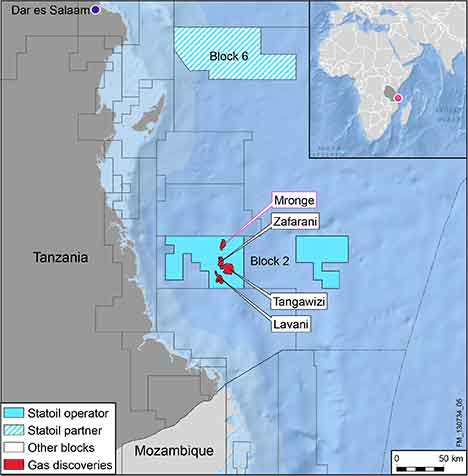
 NYC-based
NYC-based  Commentary from Bentek Energy Director of Energy Analysis Jack Weixel:
Commentary from Bentek Energy Director of Energy Analysis Jack Weixel: Wood Group Mustan
Wood Group Mustan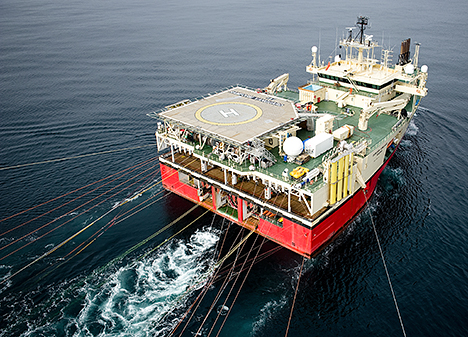 Seismic vessel Ramford Vanguard. (Photo: Ole Jørgen Bratland)
Seismic vessel Ramford Vanguard. (Photo: Ole Jørgen Bratland)
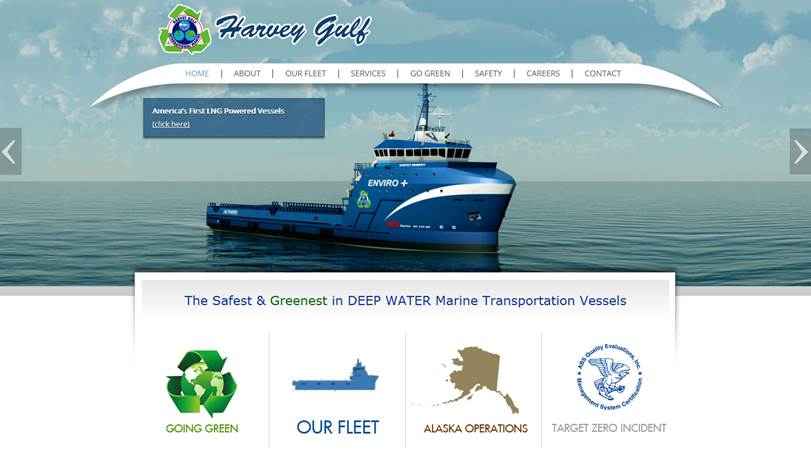 New Orleans based Harvey Gulf International Marine, announces the launching of its completely remodeled corporate website.
New Orleans based Harvey Gulf International Marine, announces the launching of its completely remodeled corporate website. 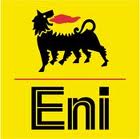
 Offshore blocks offered in Bangladesh's Bay of Bengal have attracted a disappointing level of interest from license-holders; however, anticipated improvements to the terms governing the country's oil and gas industry could entice investors, says research and consulting firm
Offshore blocks offered in Bangladesh's Bay of Bengal have attracted a disappointing level of interest from license-holders; however, anticipated improvements to the terms governing the country's oil and gas industry could entice investors, says research and consulting firm 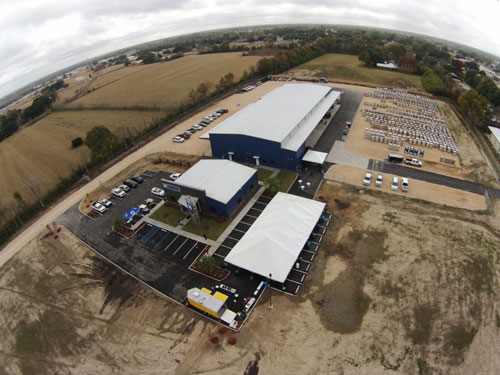 Hoover Container Solutions (Hoover)
Hoover Container Solutions (Hoover)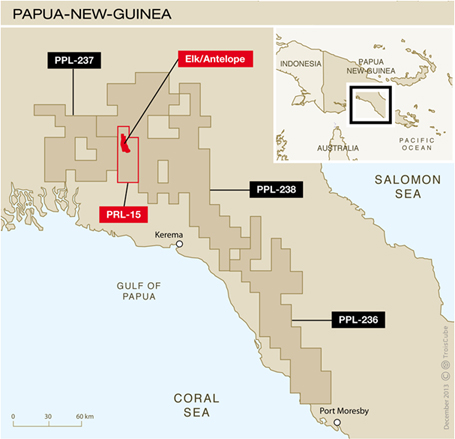 Tota
Tota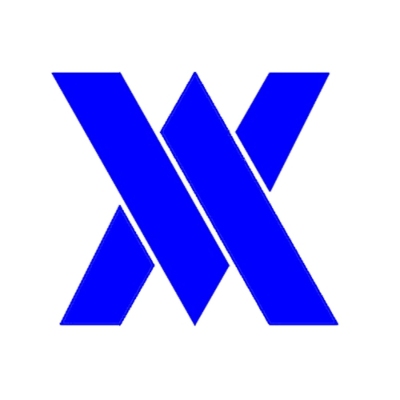 VAALCO Energy, Inc
VAALCO Energy, Inc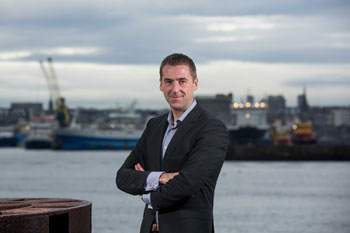 Mr Keyworth, who is also FlexTech's Engineering Director, said: "I'm very pleased with the company's initial progress. We are building a great track record of developing bespoke solutions to individual challenges, project managing complex design scopes, delivering on schedule and on budget."
Mr Keyworth, who is also FlexTech's Engineering Director, said: "I'm very pleased with the company's initial progress. We are building a great track record of developing bespoke solutions to individual challenges, project managing complex design scopes, delivering on schedule and on budget."